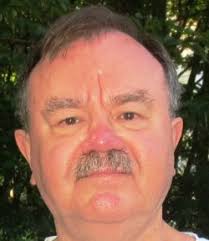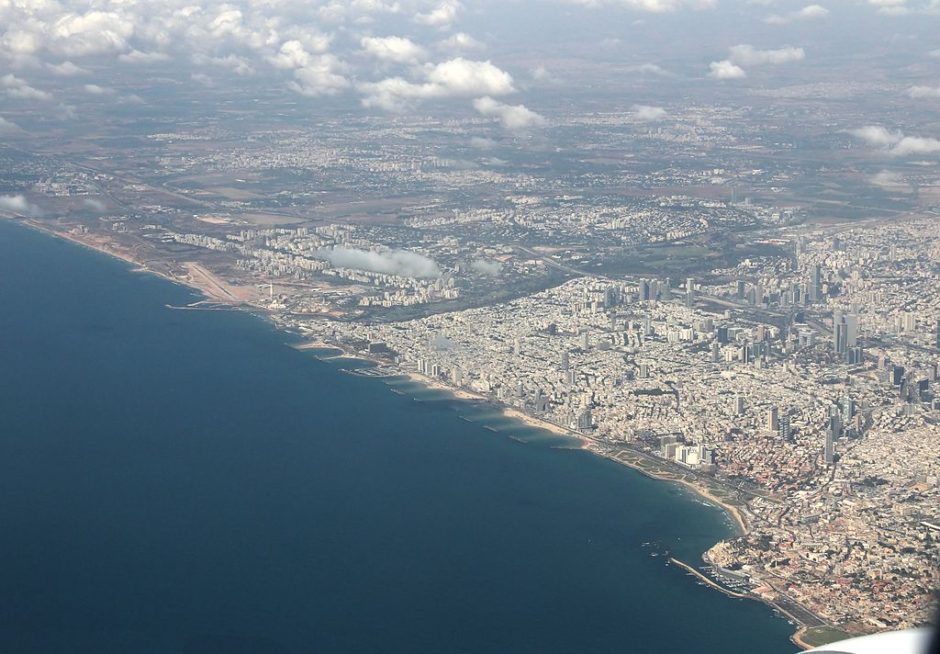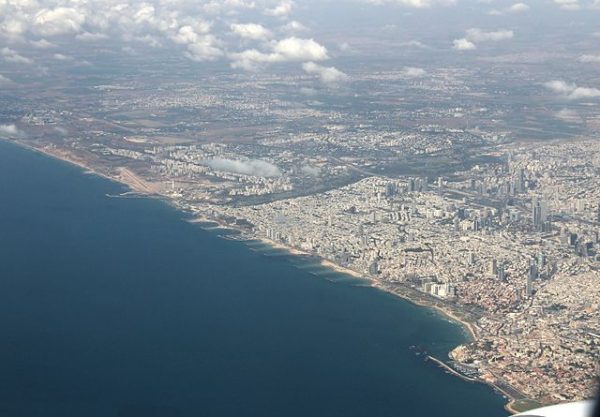
If Tel Aviv weren’t an Israeli city with a Jewish majority, usually only noticed abroad in relation to conflict and terrorism, its Mediterranean ambience would be better appreciated.
With 318 sunny days a year, beaches, and a “la dolce vita” way of life, it reminds one of cities in Italy and Greece.
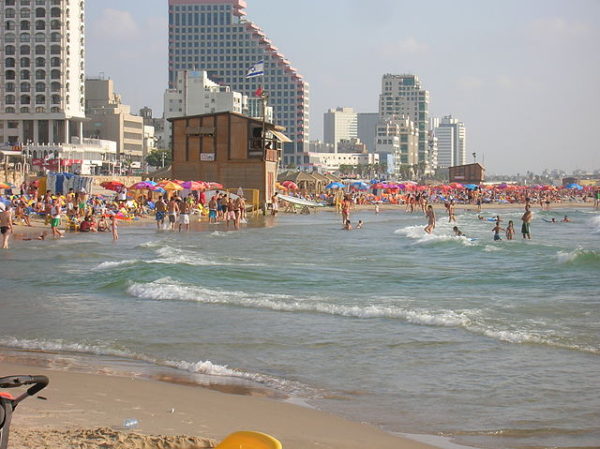
Even in mid-November, when I have been spending more than a week here, the sun shone, temperatures were between 25-30 C, the beaches were full, and the outdoor cafés along thoroughfares like Rehov Dizengoff were packed into the early hours of the morning.
The wide boulevards with their palm trees and the Bauhaus International style architecture make walking in its various neighborhoods a wonderful experience, and its outdoor markets, some old, some new, can be a shopper’s delight. The city is vibrant and the streets are full of life.
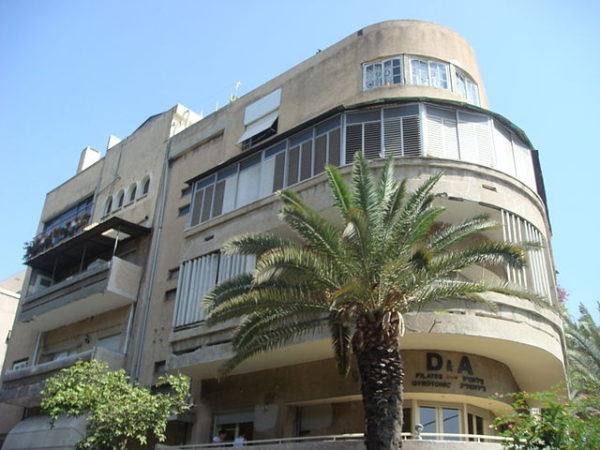
The amount of new construction here is incredible, it takes your breath away. There are scores of new office towers, skyscrapers, and amazing high-rise apartment buildings that just go on for what seems like miles. This is particularly true in Ramat Aviv, across the Yarkon River.
None of this existed 40 years ago, when I was last here. I was taken aback by the way the city looks today.
Tel Aviv also has its share of museums. We stopped at Independence Hall, on Sderot Rothschild, where David Ben-Gurion, on May 14, 1948, declared the creation of the state of Israel, as the British Mandate came to an end.
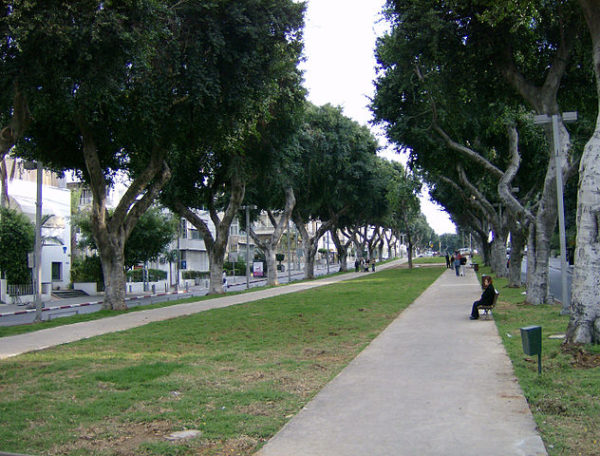
Another important site is Kikar Yitzhak Rabin, the square where the then prime minister of Israel was assassinated in 1995.
Though Tel Aviv is only 108 years old — the blink of an eye in the Middle East — some older areas which are now part of the city were settled earlier.
One area of Tel Aviv, located in the southwest corner of the city adjacent to Jaffa, is Neve Tzedeck (Hebrew for Dwellings of Justice).
Founded in 1887, the first Jewish district outside of old Jaffa, the original town on the coast, its dozen or so narrow and tranquil winding streets are free of noise and traffic. Many of the houses have distinctive red-tiled roofs.
This was home to the first cinema in the country, the Eden, which opened in 1914.
Long neglected, many of the buildings in Neve Tzedeck have now been renovated, and are home to art galleries, boutiques, restaurants, and small craft shops, along its main street, Rehov Shabazi.
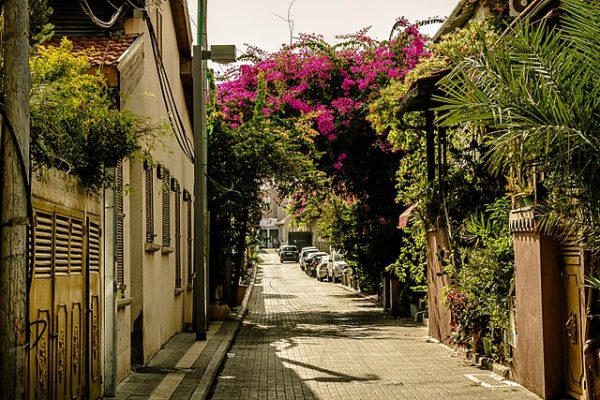
One example is the old Tel Aviv railway station (HaTakhana), on Rehov Koifman, now totally redeveloped, with wine bars and live entertainment.
The former home of Shimon Rokach, on the street that bears his name, contains videos and exhibits that chronicle the early days of Tel Aviv. He was one of the earliest Jewish settlers here. In 1983, his granddaughter, an artist, opened its doors to the public.
The Nahum Gutman Museum, on the same street, features works by the 20th-century Israeli artists. Between 1907 and 1914 the building served as home to the left-wing HaPoel HaTzair’s newspaper. It was later home to several authors. In 1992, after its inclusion in the Tel Aviv Building Preservation Program, it underwent renovation by the architect Roni Zaibert. The museum was opened in May 1998.

The most impressive venue here, located on Rehov Yechieli, is the Suzanne Dellal Center for Dance and Theatre. It sits in a beautiful square with fountains and orange trees. In two buildings originally constructed in 1892 and 1908, it is home to the Batsheva Dance Company. It offers shows by leading local and international performers.
Neve Tzedeck is well worth a visit, and tourists have now discovered its charms.
Henry Srebrnik is a professor of political science at the University of Prince Edward Island.
